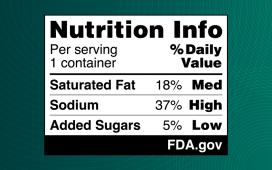Non-Hispanic Black to non-Hispanic White sepsis-related mortality ratio was 2.7, which did not change over time
By Elana Gotkine HealthDay Reporter
WEDNESDAY, Oct. 16, 2024 (HealthDay News) — From 1999 to 2019, there was a decrease in the sepsis-related mortality rate (SRMR) in children overall and across demographic groups, according to findings presented at the annual meeting of the Infectious Diseases Society of America (IDWeek), held from Oct. 16 to 19 in Los Angeles.
Ladonna Boasiako, M.D., M.P.H., from Brandywine, Maryland, and colleagues examined national trends and racial disparities in SRMRs in children in the United States from 1999 to 2019 in a retrospective cross-sectional analysis of national death certificate data.
Overall, 23,466 of 1.6 billion children had bacterial sepsis as the underlying cause of death (1.4 per 100,000). The researchers found differences in the SRMR by age, gender, race, and geographic region. From 1999 to 2019, the overall SRMR decreased from 1.7 to 1.2 per 100,000, respectively (average annual percentage change [AAPC], −1.9 percent). Decreases were seen in SRMR for males (AAPC, −2.2 percent), females (AAPC, −2 percent), non-Hispanic Blacks (AAPC, −1.7 percent), and non-Hispanic Whites (AAPC, −2.1 percent) and in rural and urban areas (AAPCs, −2.5 and −1.9 percent, respectively) and all census regions. The overall non-Hispanic Black to non-Hispanic White SRMR ratio was 2.7; no significant change was seen during the study period.
“While the decline in overall death rates suggests sepsis can be reduced, the disparity underscores the urgent need to spread best practices to reach all children,” Boasiako said in a statement.
Copyright © 2024 HealthDay. All rights reserved.








